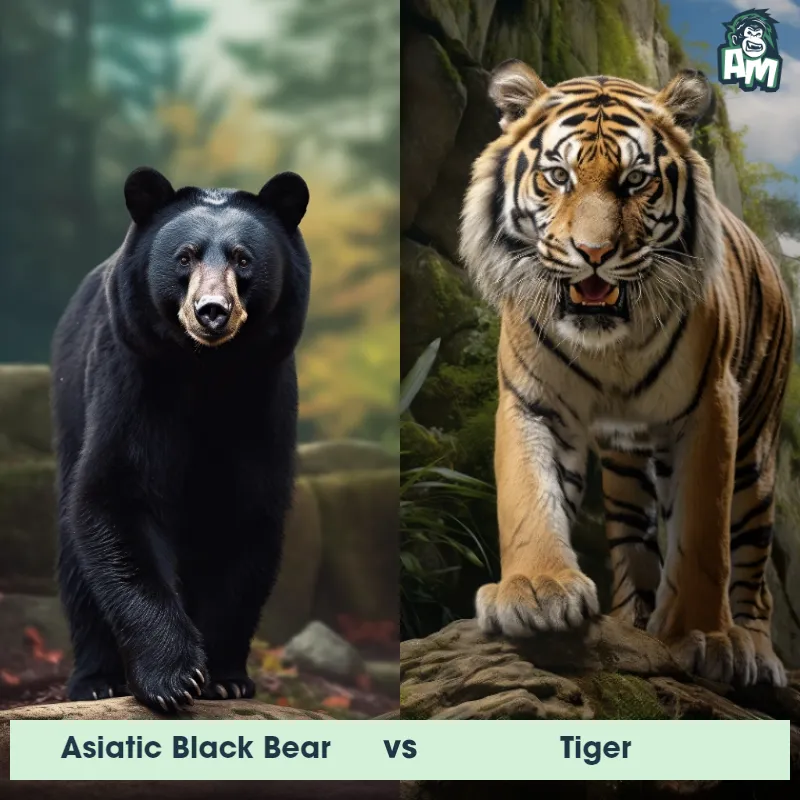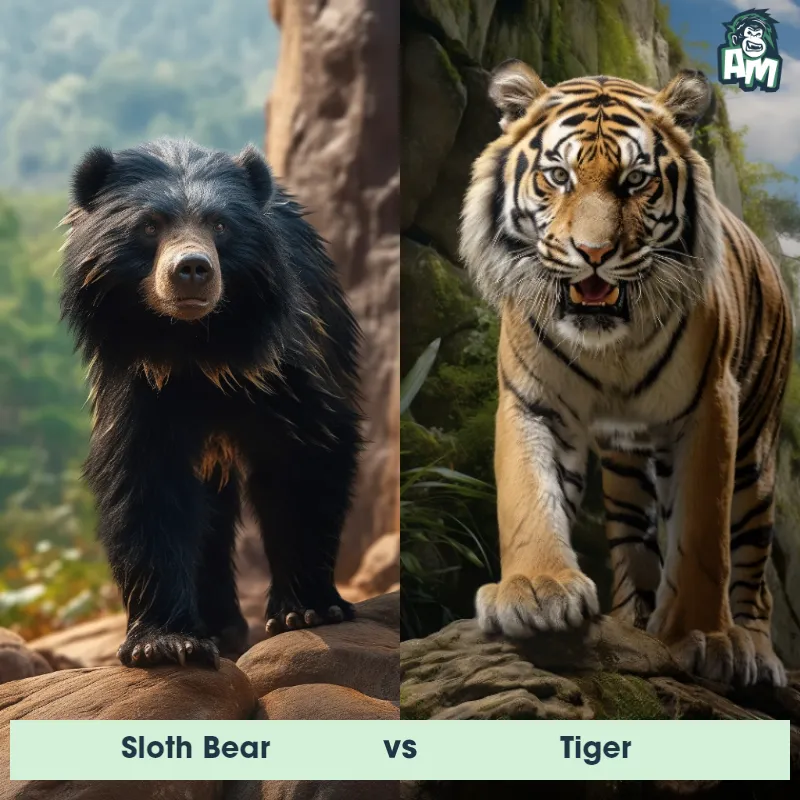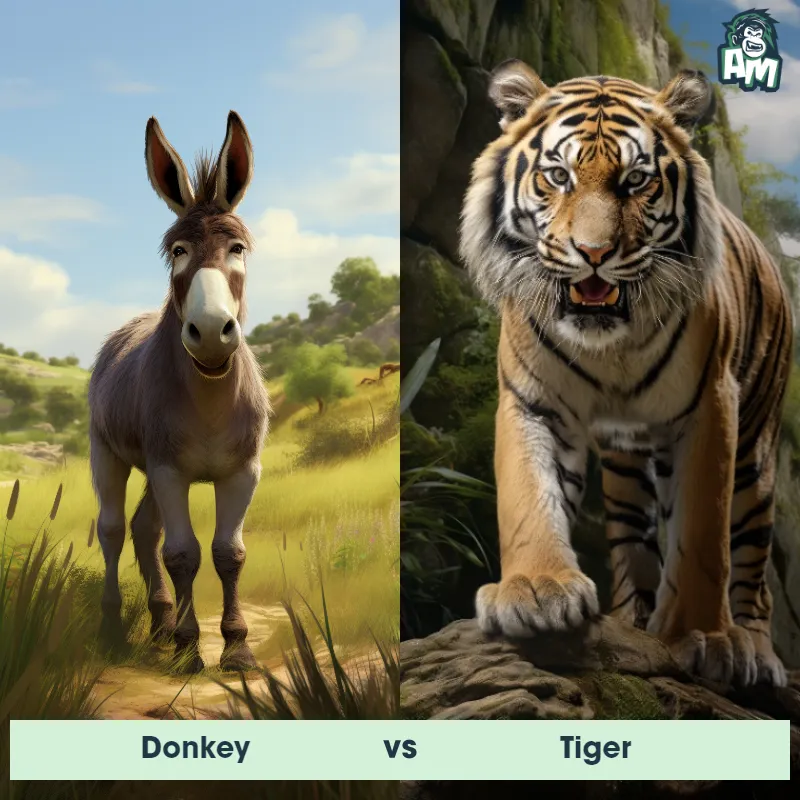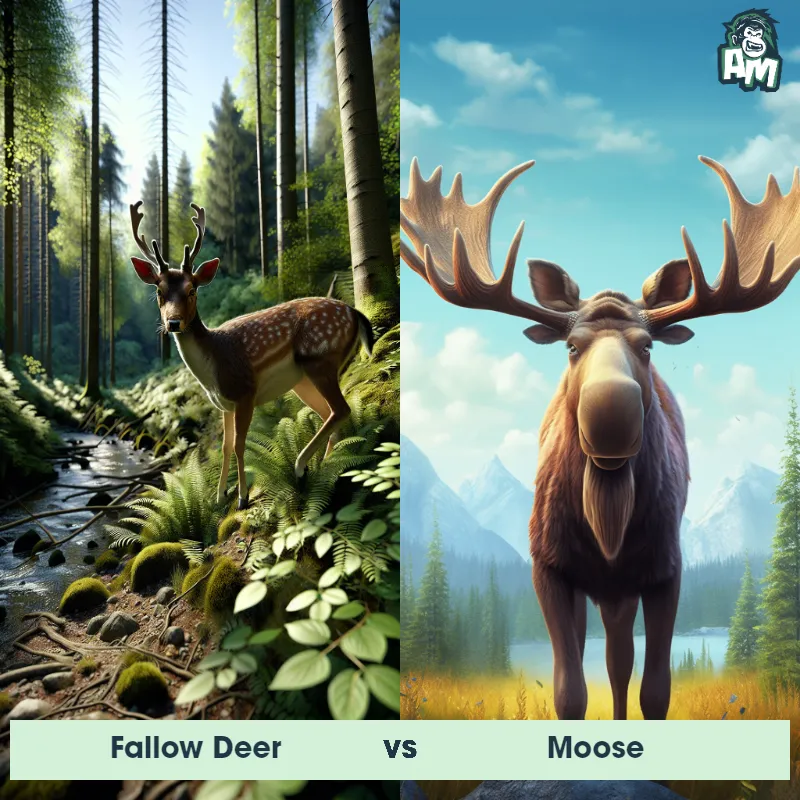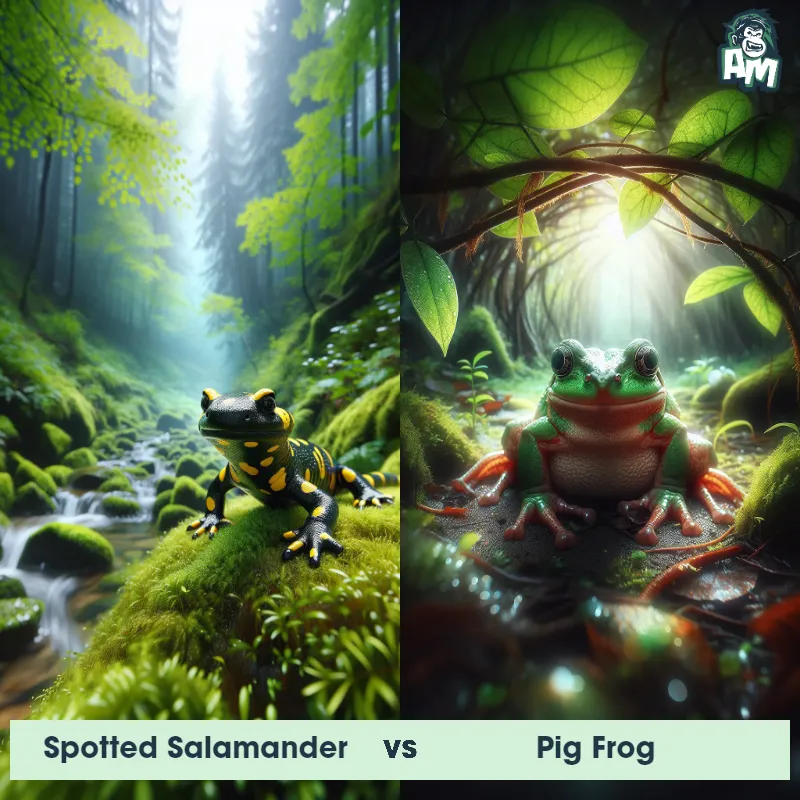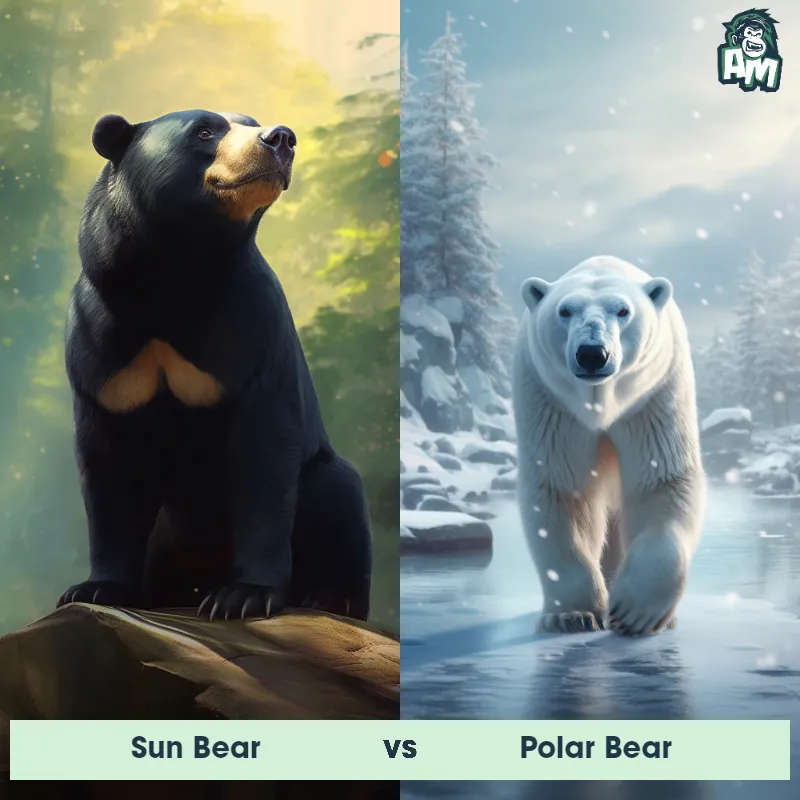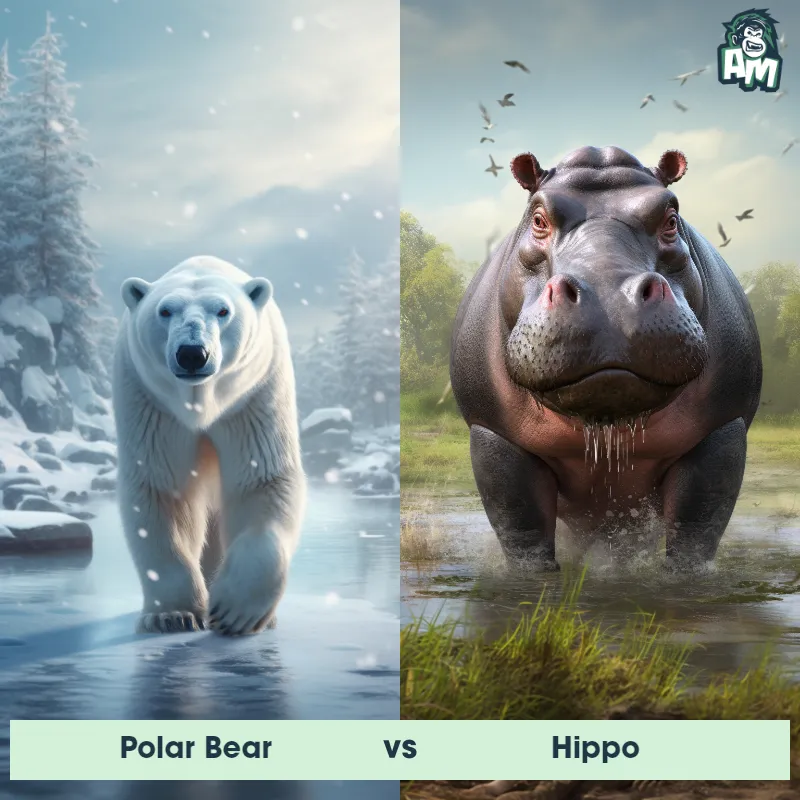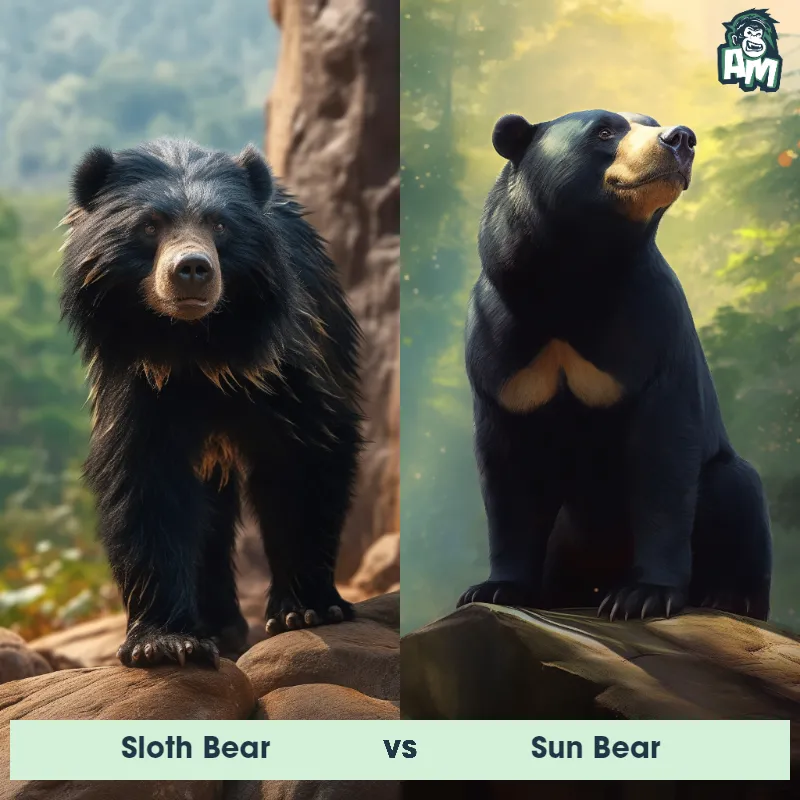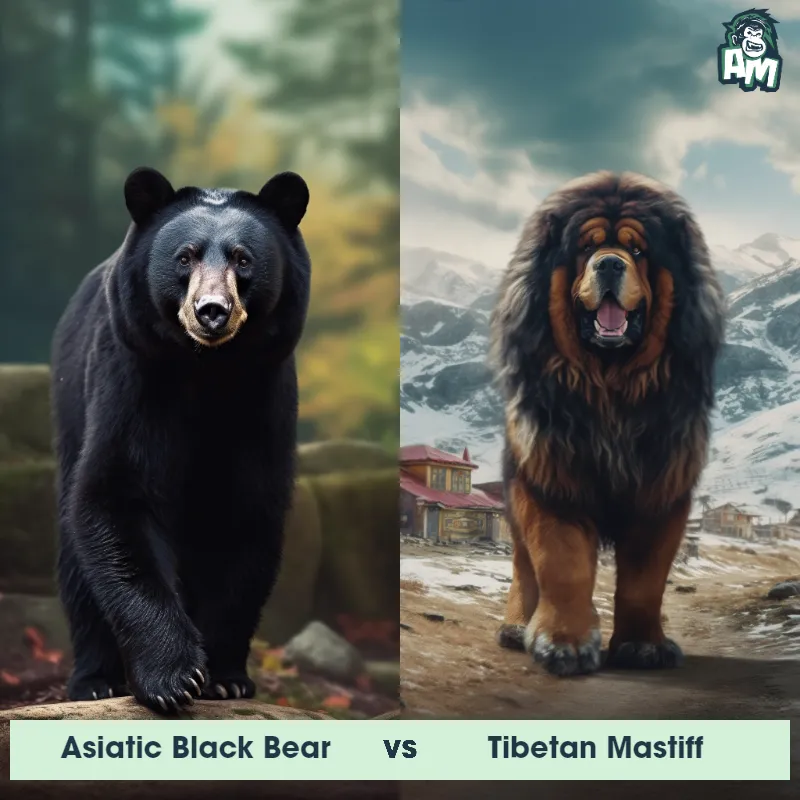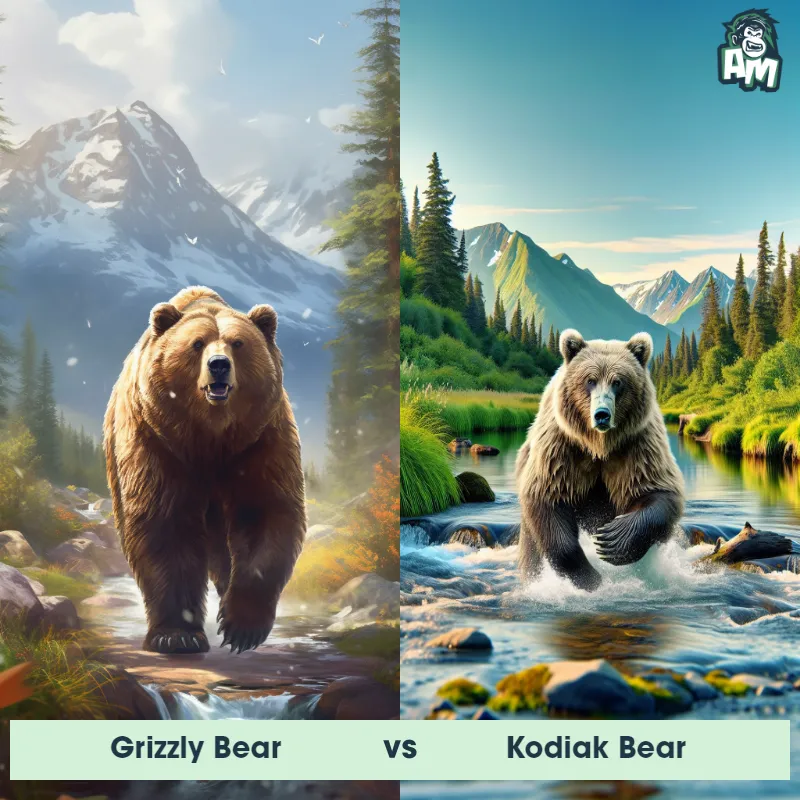Giant Panda vs Red PandaSee Who Wins
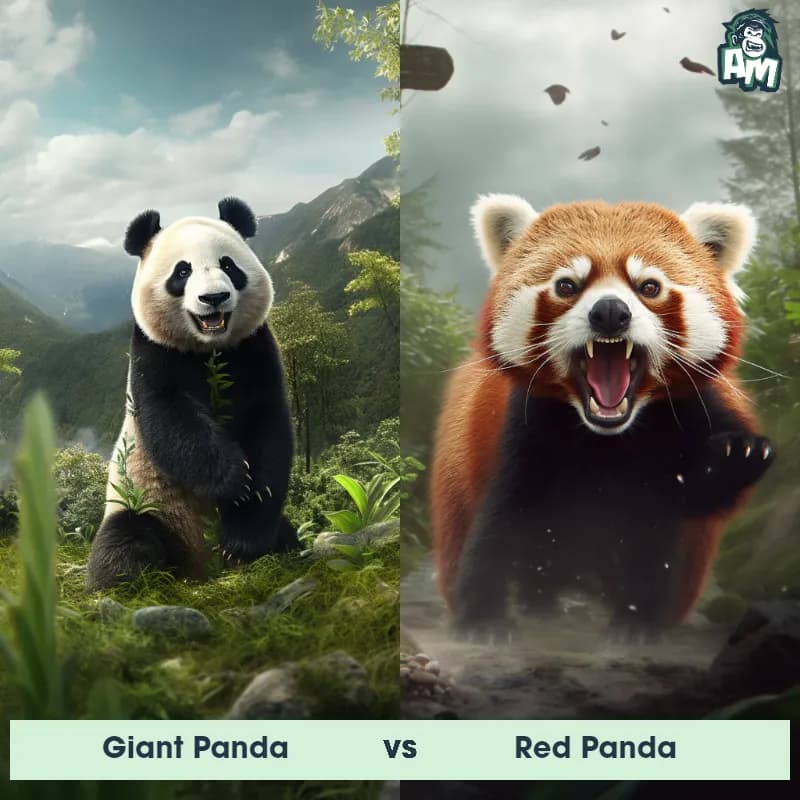
Ladies and gentlemen, welcome to an exciting matchup between two charismatic creatures, the Giant Panda and the Red Panda! Both are known for their distinctive appearances and charm, but today they'll be putting their skills to the test in this three-round battle. Let's dive right into the action!
Contender 1: Giant Panda
The Giant Panda, also known as the panda bear, is a beloved and iconic animal native to China. These bears are easily recognizable by their black and white fur, with black patches around their eyes, ears, and legs. They have a round face, short tail, and a stocky build, with adults weighing up to 330 pounds. Giant Pandas are herbivores, primarily eating bamboo, and are known for their gentle nature and playful behavior.
Fun Fact: Giant Pandas have a unique thumb-like extension on their front paws that helps them grip bamboo while they eat.
Contender 2: Red Panda
The Red Panda, also known as the Lesser Panda, is a small mammal native to the eastern Himalayas and southwestern China. They have reddish-brown fur, a long, bushy tail, and a distinctive mask-like marking on their face. They are arboreal and primarily feed on bamboo, but also eat fruits, insects, and small animals. Red Pandas are solitary and nocturnal animals, and are known for their shy and elusive nature.
Fun Fact: Red Pandas have a false thumb, which is actually an extension of their wrist bone, that helps them grip bamboo and other objects with ease.
Matchup Stats
| Giant Panda | Red Panda | |
|---|---|---|
| Size | 4-6 feet (1.2-1.8 meters) | 20-26 inches (50-65 cm) |
| Weight | Up to 330 pounds (150 kilograms) | 6.6-13.2 pounds (3-6 kg) |
| Key Strength | Powerful jaws and sharp claws | Climbing and agility |
| Biggest Weakness | Slow movement and lack of aggression | Physical strength |
Current Votes
Giant Panda vs Red Panda
See Who Wins
View More Matches
Looking For More?
Similar Matches
Scientific Stats
| Giant Panda | Red Panda | |
|---|---|---|
| Scientific Name | Ailuropoda melanoleuca | Ailurus fulgens |
| Family | Ursidae | Ailuridae |
| Habitat | Forests | Forests |
| Geography | China | Eastern Himalayas and southwestern China |
| Diet | Herbivore, primarily bamboo | Bamboo, fruits, insects, and small animals |
| Lifespan | 20 years - 30 years | 8 years - 14 years |
Key Differences between Giant Panda and Red Panda
- Tail: Giant Pandas have a short, stubby tail, while Red Pandas have a long, bushy tail.
- Habitat: Giant Pandas are found in the mountainous regions of central China, while Red Pandas are found in the Himalayas and southwestern China.
- Coloration: Giant Pandas have a distinctive black and white pattern, while Red Pandas have reddish-brown fur with white markings on their face and belly.
- Size: Giant Pandas are much larger than Red Pandas, with adults weighing up to 350 pounds, while Red Pandas typically weigh between 6-14 pounds.
- Diet: Giant Pandas primarily eat bamboo, while Red Pandas are omnivores and eat a variety of foods including bamboo, fruit, insects, and small animals.
- Conservation status: Giant Pandas are classified as endangered, while Red Pandas are classified as vulnerable.




